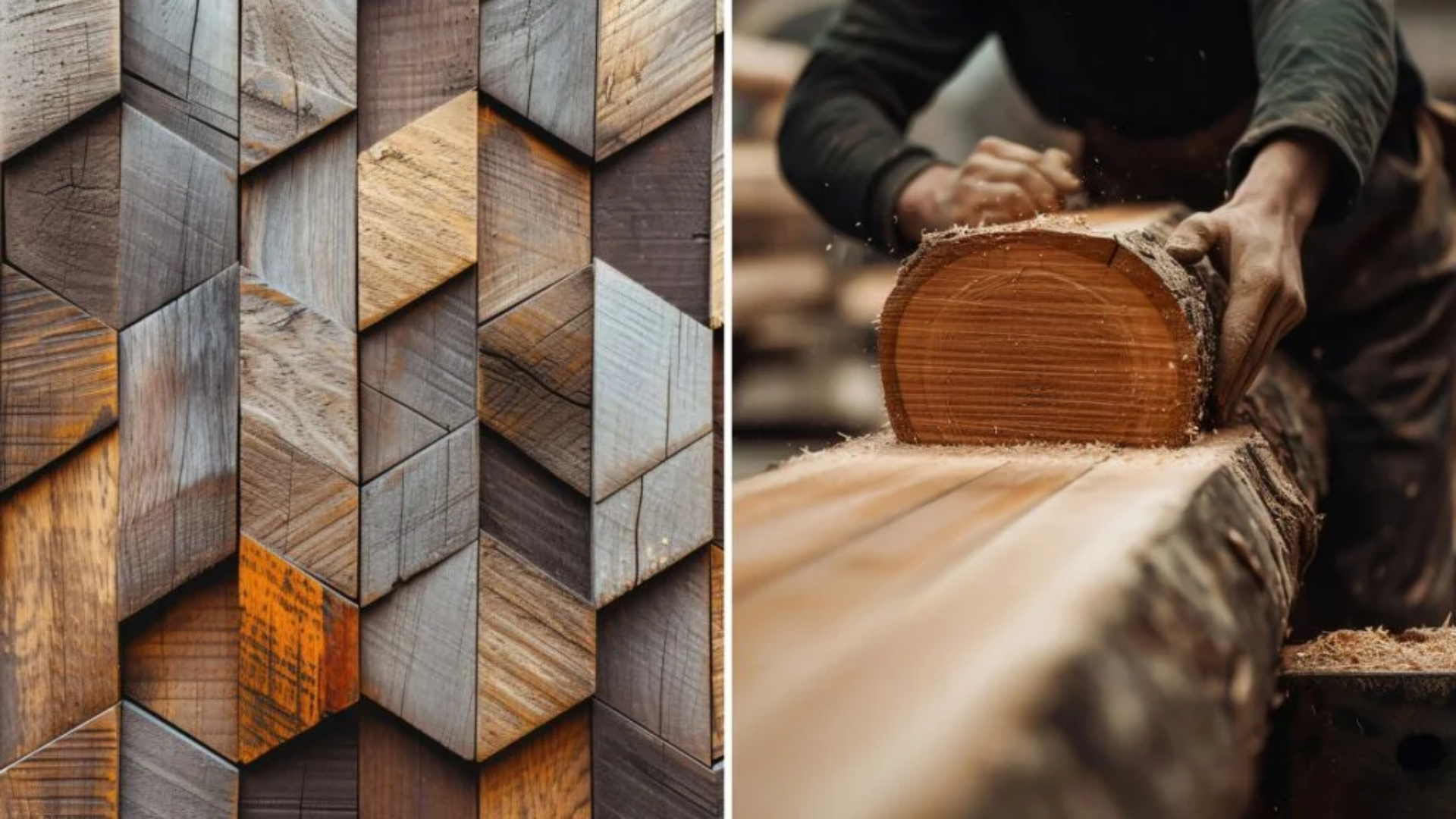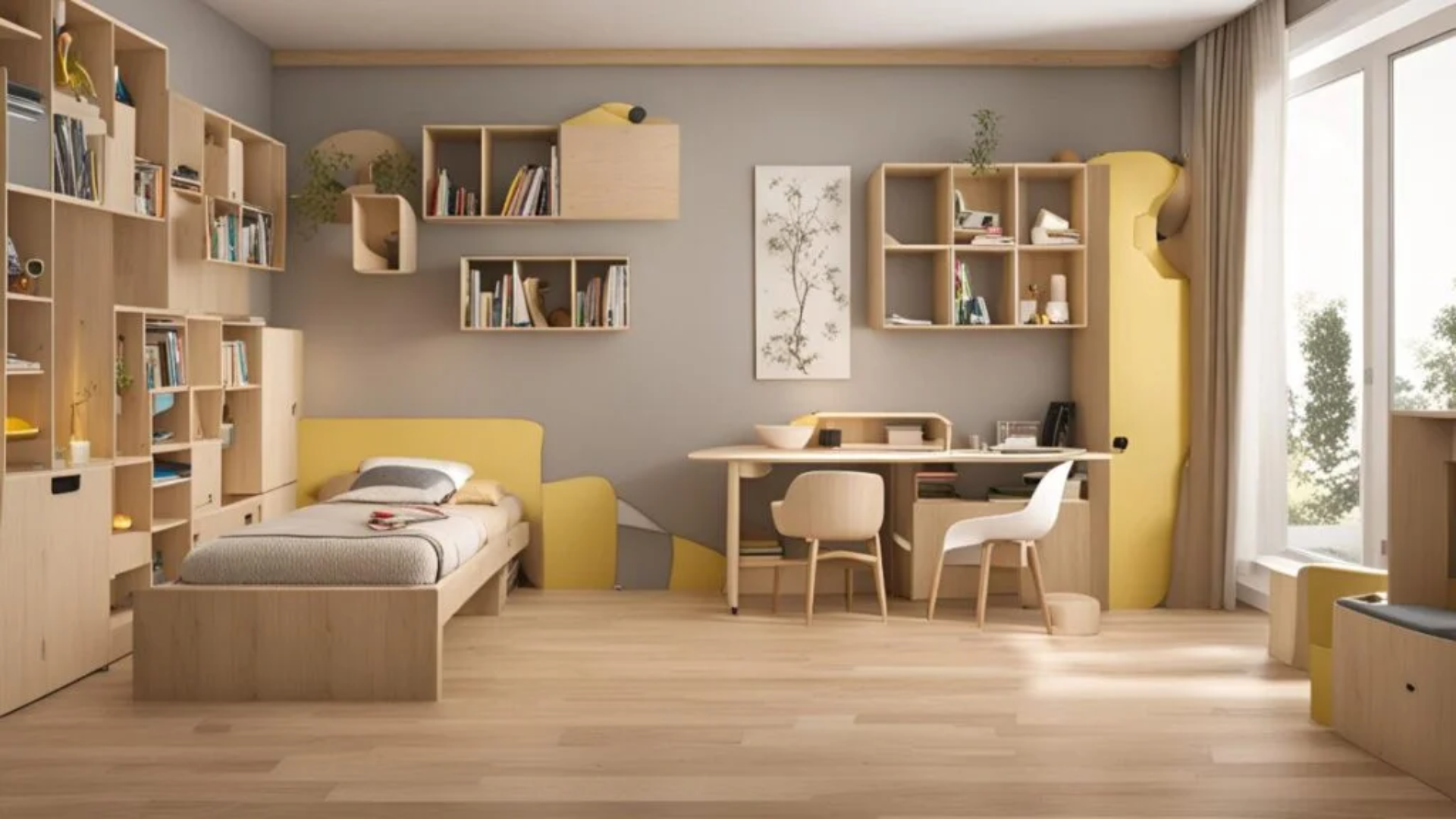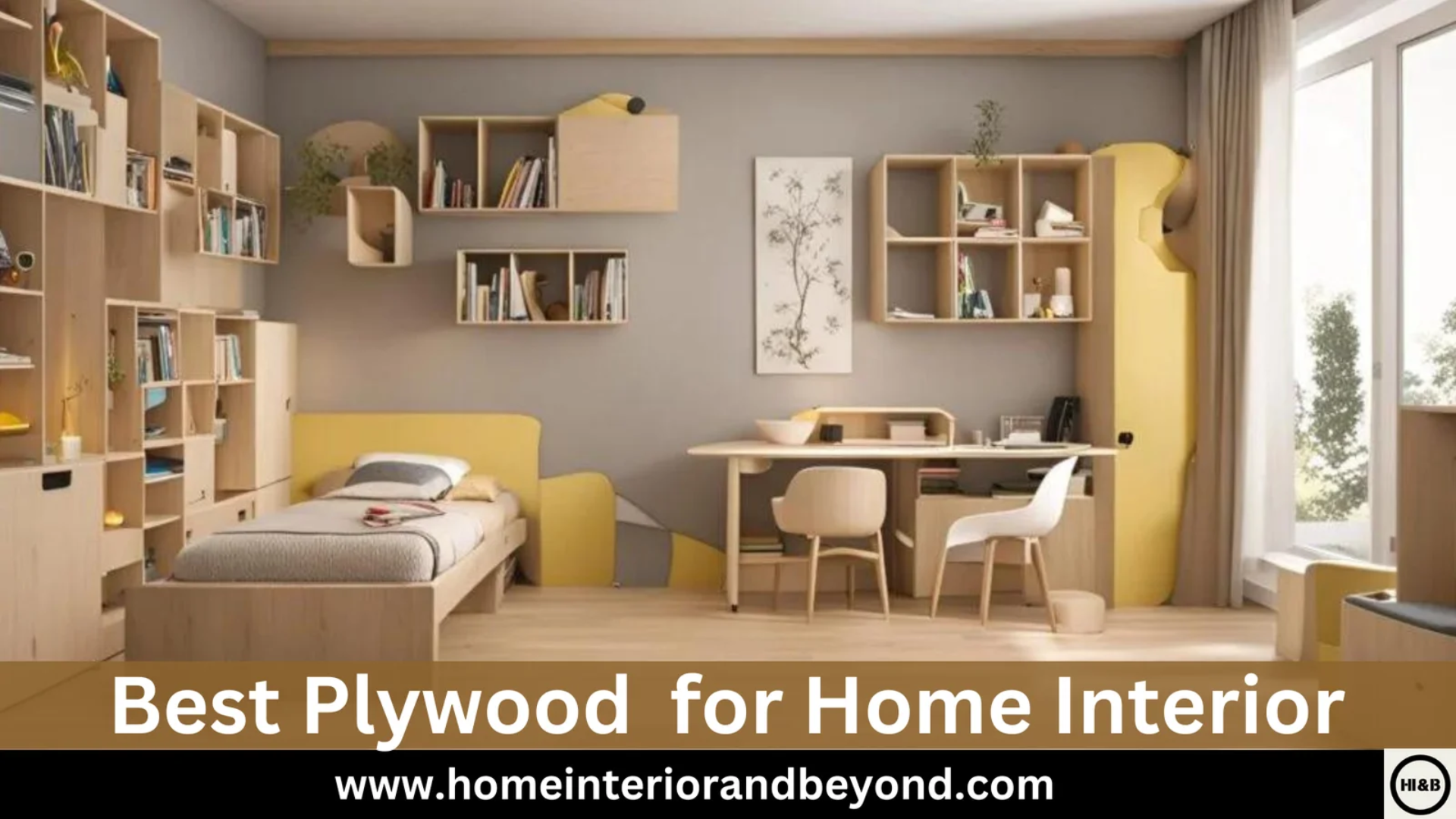How to Choose the Right Plywood for Home Interiors
When it comes to living space design, selecting the right materials is essential for both durability and aesthetics. Plywood is a versatile option for various applications, including cabinetry, wardrobes, and wall paneling. However, not all plywood is the same. The right plywood for living space design depends on its type, grade, and treatment. Let’s explore what you need to know before making your choice.
Understanding Plywood Types
There are different types of plywood, each suited to specific purposes. The most common ones used in home interiors include Commercial Plywood, Marine Plywood, and BWP (Boiling Water Proof) Plywood. Commercial plywood is perfect for dry areas like living rooms and bedrooms, where moisture exposure is minimal. However, for kitchen cabinets or bathroom vanities, where humidity is higher, opt for Marine or BWP plywood. These are treated to resist moisture, making them ideal for wet areas.

Grades of Plywood: What to Look For
Plywood is classified into grades based on its quality, appearance, and strength. MR Grade (Moisture Resistant) is commonly used for furniture, while BWR Grade (Boiling Water Resistant) plywood is better for areas with more moisture, like kitchens and bathrooms. For premium quality, you might want to consider Gurjan Plywood, known for its durability and strength, though it can be more expensive. The grade you select will greatly affect the longevity of your interiors.
Thickness Matters
The thickness of the plywood plays a significant role in its strength and suitability for different applications. For heavy-duty furniture like wardrobes or beds, a thicker plywood of 19mm is recommended, while 12mm or 15mm plywood is often sufficient for shelves or paneling. Ensure you choose the appropriate thickness based on the load and usage.
Core Strength and Ply Count
The number of layers or plies in plywood impacts its strength and durability. Higher ply counts result in stronger plywood with better load-bearing capacity. For instance, a 13-ply board will be sturdier than a 7-ply one, making it ideal for heavy furniture. Always check the core material, too—plywood made from hardwood cores tends to last longer than those made from softwood.
Finishing and Treatment
A good plywood should have smooth finishes without visible cracks, warping, or defects. Opt for plywood with a veneer or laminate finish for enhanced aesthetic appeal and protection against wear and tear. Additionally, make sure it is chemically treated for termite and borer resistance, especially in areas prone to pest infestations.

Environmental Considerations
Eco-friendliness is becoming a major factor in interior design choices. Look for E0 or E1 grade plywood, which indicates low formaldehyde emissions, making them safer for home environments. Green-certified plywood options, like FSC (Forest Stewardship Council) certified plywood, are also available if sustainability is a priority.
Conclusion:
Choosing the right plywood ensures longevity, functionality, and aesthetic appeal in your home interiors. Whether it’s selecting moisture-resistant plywood for wet areas or choosing the right grade and thickness for your furniture, careful consideration will pay off in the long run.
At Home Interiors and Beyond, we specialize in tailored home interior solutions, including expert advice on selecting the best plywood for your living space design. From moisture-proof plywood for kitchens to termite-resistant options for wardrobes, we ensure you receive the highest quality materials for every corner of your home.
Contact us today to transform your home with premium-grade materials and expert craftsmanship.
FAQs:
Which plywood is best for kitchen cabinets?
Marine or BWP (Boiling Water Proof) plywood is the best choice for kitchen cabinets due to its high moisture resistance.
What is the difference between BWR and MR-grade plywood?
BWR (Boiling Water Resistant) plywood is suitable for areas with more moisture, like kitchens and bathrooms, whereas MR (Moisture Resistant) plywood is ideal for furniture in dry areas.
How can I tell if plywood is termite-resistant?
Termite-resistant plywood is treated with chemicals to prevent infestations. Always check for certifications or labeling that indicates termite resistance.
What thickness of plywood should I use for wardrobes?
A thickness of 19mm is generally recommended for wardrobes, ensuring they are strong enough to handle the load.
Is plywood environmentally friendly?
Yes, you can opt for E0 or E1 grade plywood for low formaldehyde emissions or FSC-certified plywood for eco-friendly choices.




